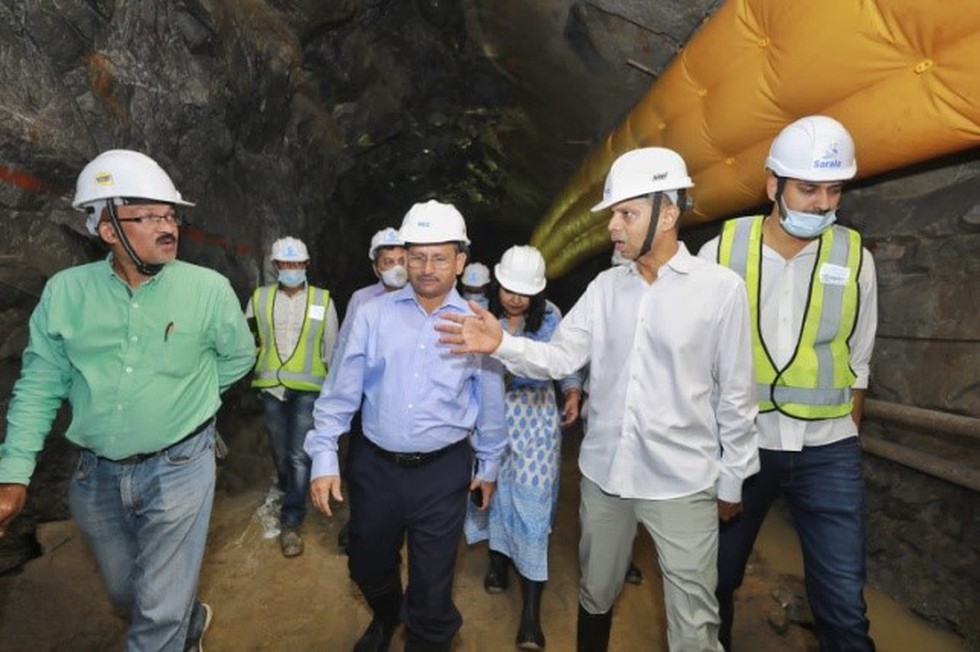
About Chheligada Irrigation Project:
- It is a multipurpose medium project being undertaken across river Badjhore, a tributary of river Vansadhara near the village Chheligada in the Gajapati District of Odisha.
- The Project envisages the construction of a 250m long & 30m high dam across the river Badjhore with a central spillway.
- After this Project, 5201 hectares metres water can be preserved and water can be supplied for irrigation of 5760 hectares of land in Ganjam and 500 hectares of land in Gajapati districts.
- This Project will also provide drinking water to Brahampur City.
- Additionally, 36 MW of electricity can be produced through a mini hydel project in three places Shiali Loti, Kankata and Dekili in the Gajapati district.
- The salient features of the Project are:
- 90m long centrally located Ogee-type gated Spillway;
- 1.13 km long tunnel to connect Chheligada reservoir with Ghodahada river;
- Canal system directly from the dam to irrigate in the Gajapati district;
- Laying of the pipeline for drinking water supply to Berhampur (Distt. Ganjam);
2. What is the Coal Mines (Nationalisation) Act, 1973?
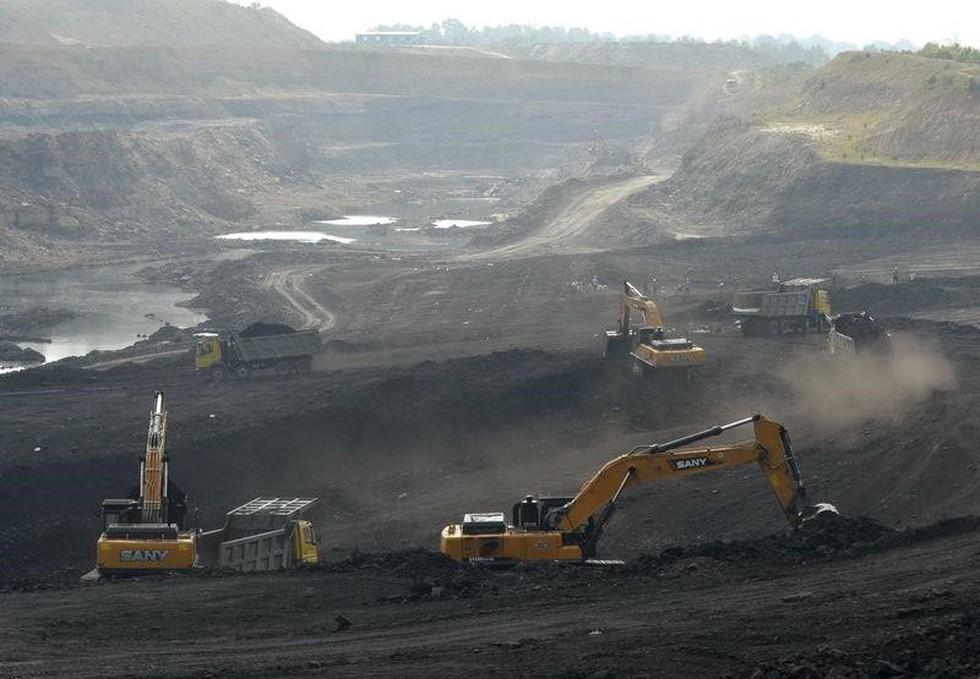
About Coal Mines (Nationalisation) Act, 1973:
- It was enacted by the Indian Parliament, providing for the acquisition and transfer of the right, title and interest of the owners in respect of coal mines specified in the Schedule.
- The Schedule to the Act contained a list of about 711 coal mines located in different parts of the country.
- Objective: To ensure the rational, coordinated and scientific development and utilisation of coal resources consistent with the growing requirements of the country.
- Under the Act, coal mining is exclusively reserved for the public sector.
- By an amendment to the Act in 1976, two exceptions to this policy were introduced, viz.
- captive mining by private companies engaged in the production of iron and steel;
- sub-lease for coal mining to private parties in isolated small pockets not amenable to economic development and not requiring rail transport;
- It was amended e.f. 9.6.1993 to allow private sector participation in captive coal mining for generation of power, for washing of coal obtained from a mine or for other end uses to be notified by Government from time to time in addition to the existing provision for the production of iron and steel.
- Under the Act, the allotment of coal mines for captive use was based on the recommendation of a high-powered committee chaired by the Secretary, Ministry of Coal.
- Mining of Coal for captive use for the production of cement has also been permitted by the Government notification.
What are Captive Mines?
- Captive mines are the mines that are owned by companies.
- The coal or mineral produced from these mines is for the exclusive use of the owner company of the mines.
- The company cannot sell coal or mineral outside.
3. Viswa Bharati University
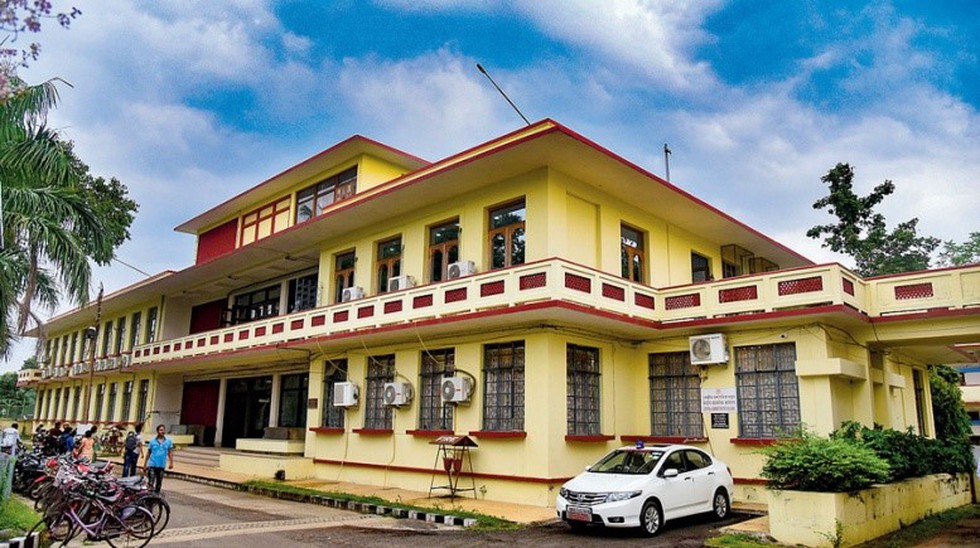
About Viswa Bharati University:
- It is one of India's major Central Government funded autonomous Universitylocated in Santiniketan, West Bengal.
- It is well-known as a distinguished centre for Visual Arts practice and research in India.
- The University was established in 1921 by Nobel Prize Laureate Rabindranath Tagore.
- It was named after Nobel Laureate Rabindranath Tagore until the Visva-Bharati Society was registered as an organisation in May 1922.
- The institution was given the status of a Central University in 1951 through a central Act.
- Its first vice-chancellor was Rathindranath Tagore, the son of Rabindranath Tagore, and the second vice-chancellor was the grandfather of another Nobel Laureate economist Amartya Sen.
- The President of India appoints the Vice-chancellor of the University.
- Visva Bharati University is renowned for its cultural festivals called Poush Mela and the Basanta Utsab, which attract a number of artisans from all across the country.
4. Deep Ocean Mission
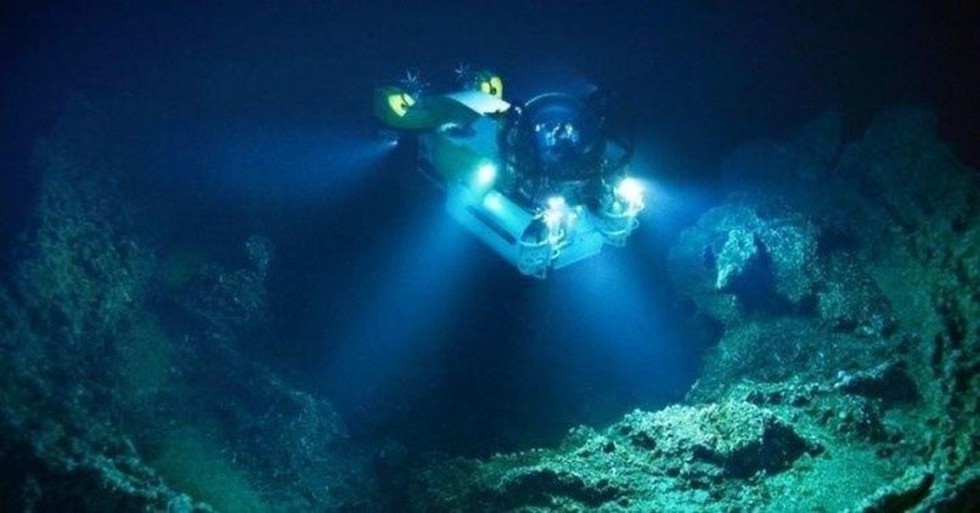
About Deep Ocean Mission:
- It is a mission-mode project to support the Blue Economy Initiatives of the Government of India.
- It is a high-level multi-ministerial, multi-disciplinary programme for a better understanding of the deep sea living and non-living resources of the Indian Ocean.
- It will aid in India’s efforts to attain the Blue Economy status.
- It aims to develop technologies to harness living and non-living resources from the deep oceans.
- The Ministry of Earth Sciences (MoES) will be the nodal Ministry implementing this multi-institutional Mission.
- The estimated cost of the Mission will be 4077 crores for a period of 5 years (2021-26) to be implemented in a phase-wise manner.
- The Mission consists of six major components:
- Development of Technologies for Deep Sea Mining and Manned Submersible and Underwater Robotics;
- Development of Ocean Climate Change Advisory Services;
- Technological innovations for exploration and conservation of deep-sea biodiversity;
- Deep Ocean Survey and Exploration;
- Energy and freshwater from the Ocean;
- Advanced Marine Station for Ocean Biology;
5. Harit Sagar Guidelines
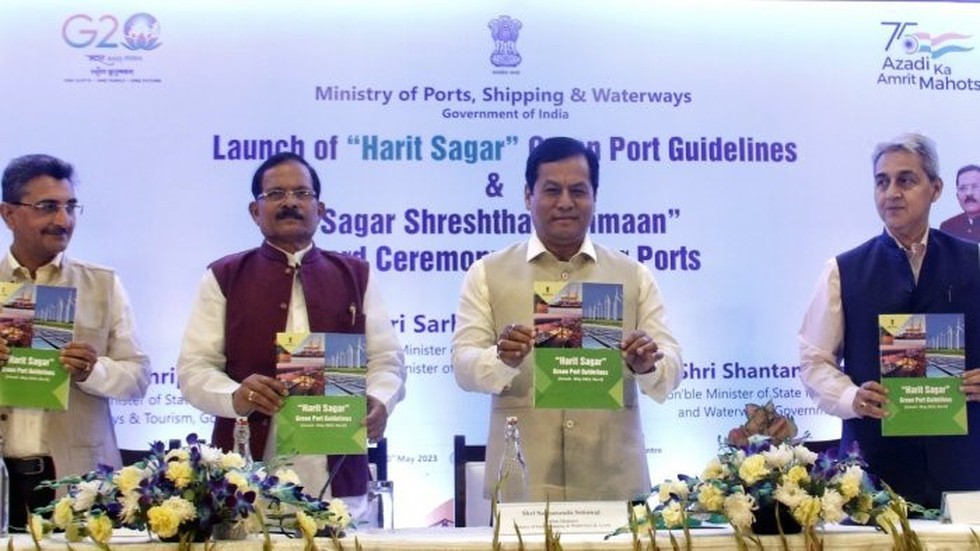
About Harit Sagar Guidelines:
- Objective: To minimize waste through Reduce, Reuse, Repurpose and Recycle to attain zero waste discharge from port operations and promote monitoring based on Environmental Performance Indicators.
- These guidelines have been formulated with the aim of promoting environmentally friendly practices across all Indian Ports.
- It envisages ecosystem dynamics in port development, operation and maintenance while aligning with the working with Nature concept and minimizing the impact on biotic components of the harbour ecosystem.
- It lays emphasis on the use of Clean / Green energy in Port operation, developing Port capabilities for storage, handling and bunkering Greener Fuels, viz., Green Hydrogen, Green Ammonia, Green Methanol / Ethanol etc.
- This also covers aspects of the National Green Hydrogen Mission pertaining to ports, development of green hydrogen facilities, LNG bunkering, Offshore Wind Energy and provides provision for adopting global Green Reporting Initiative (GRI) standards.
- These Guidelines provide a framework for the Major Ports to draw out a comprehensive action plan for achieving targeted outcomes in terms of quantified reduction in carbon emission over defined timelines through focused implementation and close monitoring of Green Initiatives and to achieve Sustainable Developmental Goals (SDG).
6. Sahel Region
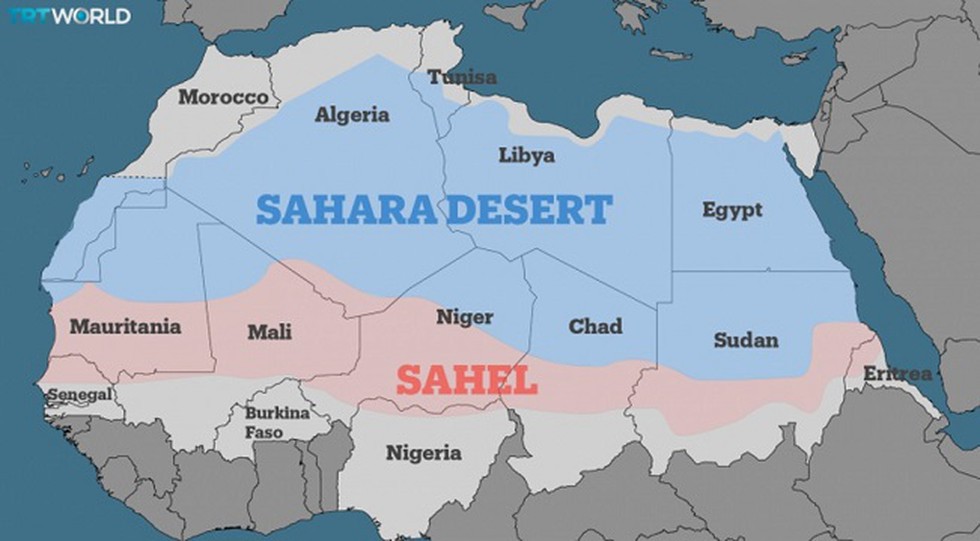
About:
- The Sahel is the ecoclimatic and biogeographic realm of transition in Africa between the Sahara to the north and the Sudanian savanna to the south.
- Having a semi-arid climate, it stretches across the south-central latitudes of Northern Africa between the Atlantic Ocean and the Red Sea.
- The Sahel part of Africa includes from west to east parts of northern Senegal, southern Mauritania, central Mali, northern Burkina Faso, the extreme south of Algeria, Niger, the extreme north of Nigeria, the extreme north of Cameroon and Central African Republic, central Chad, central and southern Sudan, the extreme north of South Sudan, Eritrea, and the extreme north of Ethiopia.
7. Gaza Strip
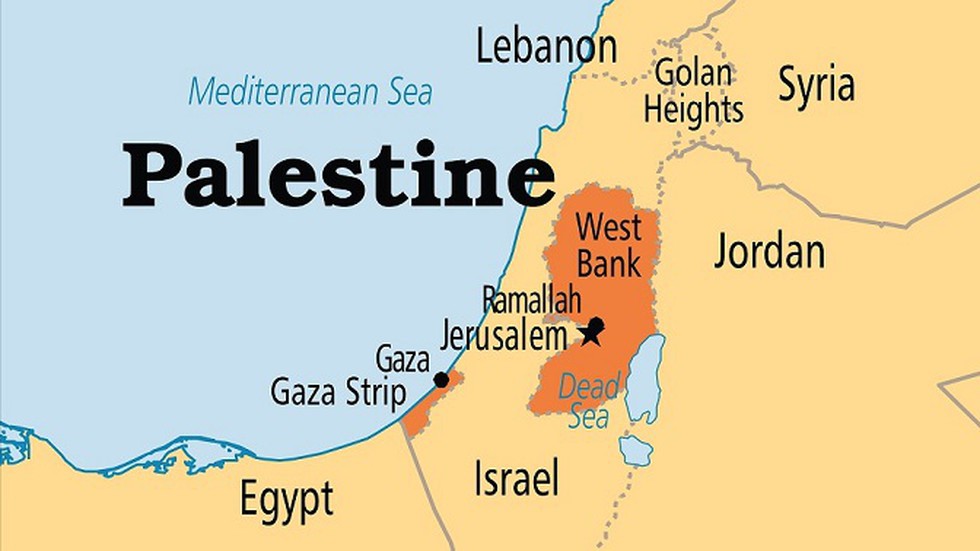
About:
- The Gaza Strip or simply Gaza, is a Palestinian enclave on the eastern coast of the Mediterranean Sea.
- It borders Egypt on the southwest for 11 kilometers (6.8 mi) and Israel on the east and north along a 51 km (32 mi) border.
- The Gaza Strip and the West Bank are claimed by the de jure sovereign State of Palestine.
- The territories of Gaza and the West Bank are separated from each other by Israeli territory.
- Both fell under the jurisdiction of the Palestinian Authority, but the Strip has, since the Battle of Gaza in June 2007, been governed by Hamas, a militant, Palestinian, fundamentalist Islamic organization, which came to power in the last-held elections in 2006.
- It has been placed under an Israeli and US-led international economic and political boycott from that time onwards.
8. iDrone initiative
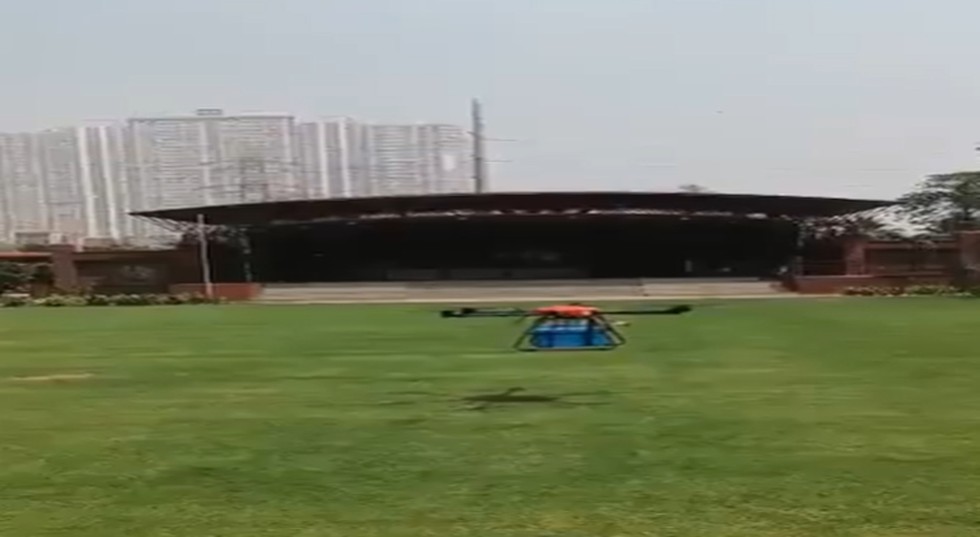
About:
- The trial run, as part of a pathbreaking validation study, has been undertaken for the first time in the country by the ICMR; Lady Hardinge Medical College (LHMC); Government Institute of Medical Sciences (GIMS), Greater Noida; and the Jaypee Institute of Information Technology (JIIT), Noida.
- The inaugural trial flight carried 10 units of whole blood samples from the GIMS and LHMC in visual line of sight.
- The project ‘i-DRONE’(ICMR’s Drone Response and Outreach for North East) assessed the feasibility of using drone to deliver vaccines and medical supply.
- This was carried out in difficult geographical terrains including land, island, foothills and across the hills.
- The medical supplies delivered under i-Drone project included COVID-19 vaccines, vaccines used routine immunisation programs, antenatal care medicines, multi-vitamins, syringes and gloves.
- The drone delivery system focused on end-to-end ecosystem for drone-based logistic transportation within the states and was first successful example of delivering vaccines through drone from land to Island in South Asia.
9. Deep Ocean Mission
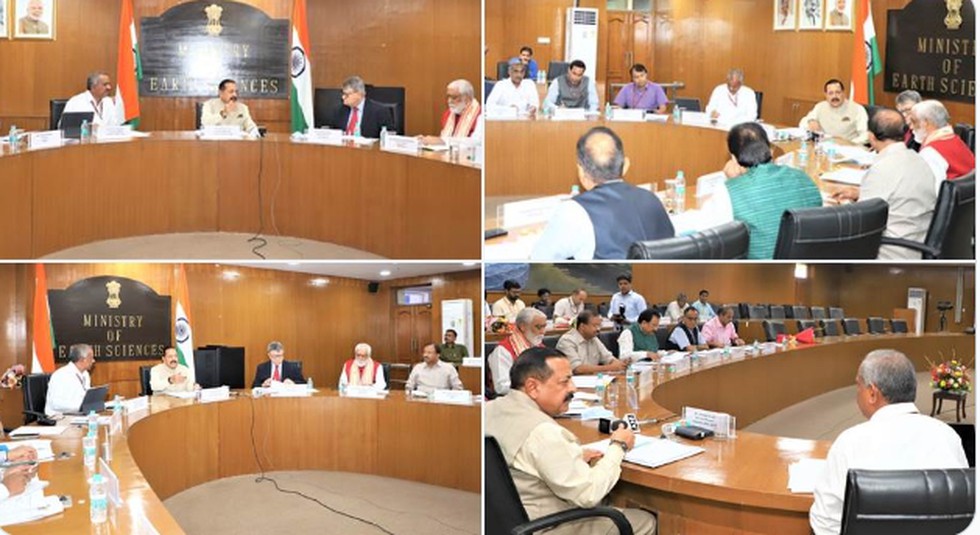
About:
- Deep Ocean Mission was first proposed by the Ministry of Earth Sciences in 2017.
- Objective: To explore deep ocean for resources and develop deep sea technologies for sustainable use of ocean resources.
- The estimated cost of the Mission will be Rs. 4077 crore for a period of 5 years to be implemented in a phase-wise manner. The estimated cost for the first phase for the 3 years (2021-2024) would be Rs.2823.4 crore.
- Ministry of Earth Sciences (MoES) will be the nodal Ministry implementing this multi-institutional ambitious mission.
- Six major components of the Deep Ocean Mission:
- Development of technologies for deep sea mining, and manned submersible
- Development of ocean climate change advisory services
- Technological innovations for exploration and conservation of deep-sea biodiversity
- Deep ocean survey and exploration
- Energy and freshwater from the ocean
- Advanced marine station for ocean biology
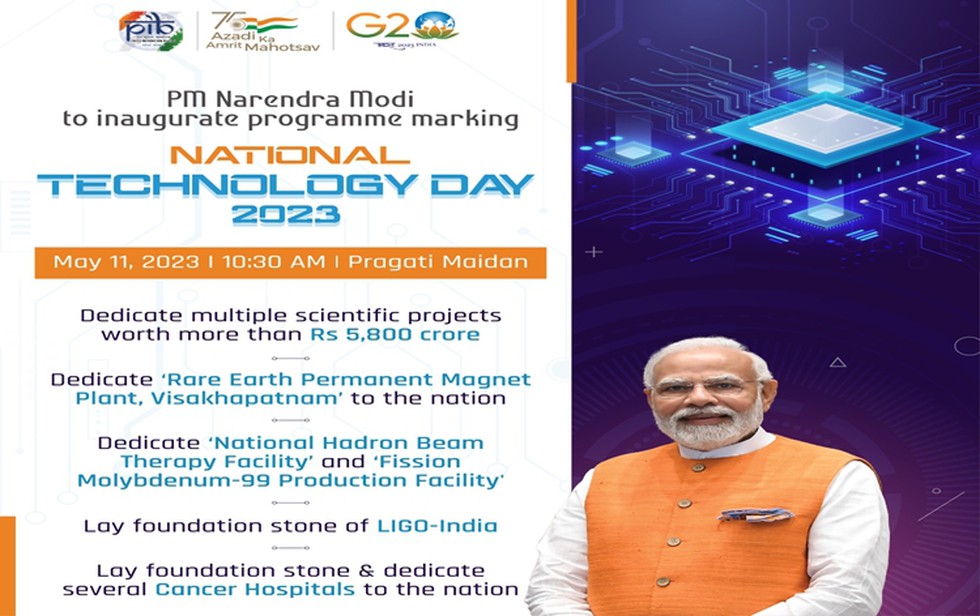
About:
- The Technology Development Board (TDB) a statutory body of the Department of Science & Technology (DST) celebrates May 11 every year as National Technology Day to commemorate achievements of innovations and technological excellence in the country.
- The day has a historical perspective:
- On May 11, 1998, India successfully carried out nuclear tests at Pokhran.
- The first indigenous aircraft "Hansa-3" was test flown at Bangalore on this day; and
- India also performed successful test firing of the Trishul missile on the same day.
- Since 1999, the day is being celebrated as National Technology Day.


.jpg)

.jpg)
























































































































































.png)
.png)
.png)
.png)
.png)


.png)
.png)
.png)





.png)
.png)






.png)
.png)
.png)
.png)
.png)
.png)
.png)
.png)
.png)

.png)







.png)
.png)


.png)
.png)
.png)


.png)

.png)
.png)





.jpg)

.png)
.png)


.png)

.png)
.png)
.png)

.jpg)

.jpg)


.png)

.png)
.png)
.png)
.png)
.png)
.png)
.png)
.png)
.png)
.png)




.png)

.png)





.png)
.png)
.png)
.png)
.png)
.png)
.png)
.png)
.png)
.png)
.jpg)
.jpg)

.png)
.png)
.png)
.png)
.png)
.png)
.png)
.png)
.png)
.png)
.png)
.png)
.png)
.png)
.png)
.png)
.png)
.png)
.png)
.png)
.png)
.png)



.png)
.png)

.jpg)
.jpg)

.jpg)
.jpg)
.jpg)

.jpg)








.jpg)
.jpg)
.jpg)
.jpg)
.jpg)

















.jpg)
.jpg)







.jpg)


















.jpg)
.jpg)






























































































.jpg)
.jpg)


























.jpg)

.jpg)










.jpg)








.jpg)




.jpg)










.jpg)


















.jpg)












































.jpg)














.jpg)
.jpg)
.jpg)





.jpg)

.jpg)
.jpg)





































































.jpg)


































.jpg)
.jpg)
















































.jpg)












.jpg)


.jpg)




.jpg)
.jpg)
.jpg)

.jpg)
.jpg)
.jpg)
.jpg)

.jpg)
.jpg)
.jpg)

.jpg)
.jpg)
.jpg)
.jpg)
.jpg)
.jpg)
.jpg)
.jpg)

.jpg)


.jpg)
.jpg)
.jpg)
.jpg)
.jpg)
.jpg)
.jpg)
.jpg)
.jpg)
.jpg)











.jpg)
.jpg)





.jpg)
.jpg)
.jpg)
























.jpg)
























.jpg)









.jpg)
.jpg)







.jpg)
.jpg)









































.jpg)
.jpg)
.jpg)
.jpg)
.jpg)

.jpg)
.jpg)
.jpg)
.jpg)
.jpg)


.jpg)
.jpg)
.jpg)
.jpg)
.jpg)

.jpg)
.jpg)
.jpg)
.jpg)
.jpg)
.jpg)
.jpg)
.jpg)
.jpg)
.jpg)
.png)

.png)
.png)

.png)
.png)
.png)
.png)


.jpg)
.jpg)

.jpg)
.jpg)
.jpg)

.png)
.png)
.png)
.png)
.png)
.png)
.png)

.png)
.png)
.png)
.png)
.png)
.png)
.png)
.png)
.png)
.png)





































































-min.png)



.png)




.png)








































